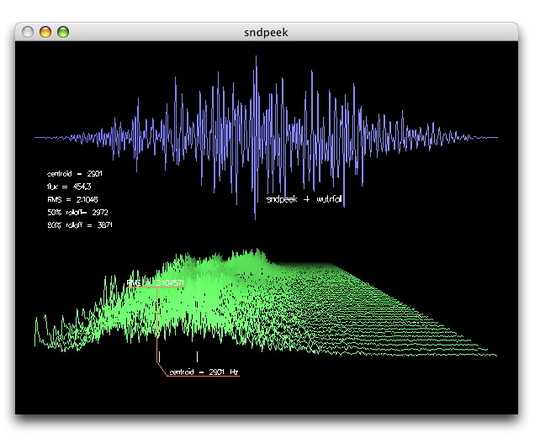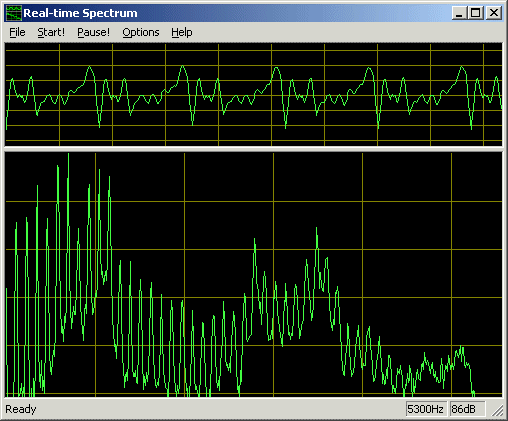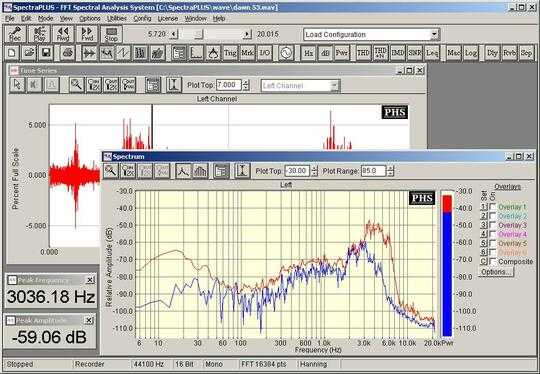I found this thread looking for a real-time way to display spectra-versus-time, after losing the ability to use Adobe Audition, WHILE recording. In Audition, you can do a spectral display that has very little delay; as someone else said, if you use high resolution, there will be more delay. But a "good" program will use overlapping blocks of data so it can update the display very quickly. There's enough processing power in modern processors to keep up with a thousand frequencies in a fraction of a second of processing time, if the program is well written, and there's no point in more resolution than that if you're displaying on a screen that's "only" about a thousand pixels high. I'd submit that for stereo, 1k blocks of audio samples is plenty, unless you're expanding a part of the frequency scale as you can do in Audition. Recording at 44k samples/second, you get a whole new 1k block 44 times a second, and for me, that's plenty fast enough, without even any need for block overlap. Even 8k blocks would be more than 5 a second without overlap. Whether the software is written well enough to actually DO that is another matter.




Just amplitude or the whole spectrum? – slhck – 2011-08-17T19:32:36.313
Just amplitude. – Claudiu – 2011-08-17T19:48:43.647
If you really want spectrum analysis then there is a trade-off between using a large window for the FFT (which gets precision and wide band at the cost of delay) and responsiveness. – dmckee --- ex-moderator kitten – 2011-08-17T22:30:09.853
If latency is an issue you will be better off with a sound device that supports ASIO - you can get a USB device with a couple of mic inputs for about $150 - if you really want zero (almost) latency between mic and screen this is the only way to go. – BJ292 – 2012-05-30T19:41:56.297